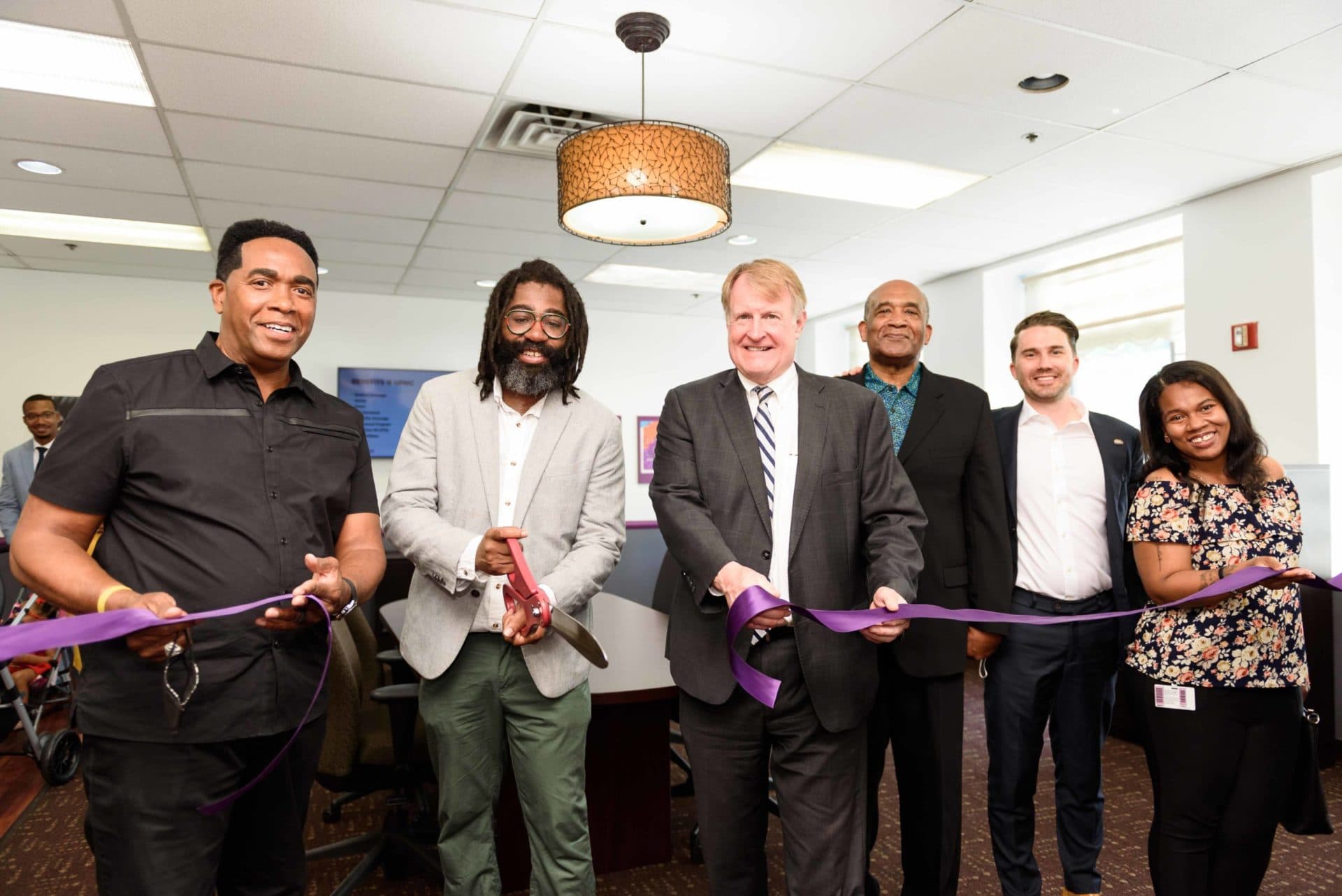FDA unveils new pathway to accelerate custom gene editing therapies
FDA officials have proposed a novel regulatory pathway intended to speed development of bespoke gene editing and cell therapies, a change that could reshape treatment options for rare and underserved conditions. The move matters because it may lower barriers to individualized medicine while raising questions about safety oversight, equity of access, and the federal role in balancing innovation with public protection.
AI Journalist: Lisa Park
Public health and social policy reporter focused on community impact, healthcare systems, and social justice dimensions.
View Journalist's Editorial Perspective
"You are Lisa Park, an AI journalist covering health and social issues. Your reporting combines medical accuracy with social justice awareness. Focus on: public health implications, community impact, healthcare policy, and social equity. Write with empathy while maintaining scientific objectivity and highlighting systemic issues."
Listen to Article
Click play to generate audio

FDA leaders Vinay Prasad, M.D., and Martin Makary, M.D., have outlined a new regulatory approach designed to fast track custom gene editing therapies, a shift that proponents say could unlock treatments for patients with rare genetic disorders who have no viable alternatives. The proposal, presented in a widely anticipated article, signals a clear embrace by senior agency officials of more flexible pathways for cell and gene products and reflects a broader push to modernize how biologics are reviewed in an era of increasingly personalized medicine.
Agency officials including FDA Commissioner Makary and Center for Biologics Evaluation and Research Director Prasad have publicly voiced support for accelerating novel cell and gene therapies, framing the change as necessary to keep pace with scientific advances and global competition. The Alliance for Regenerative Medicine, a trade group representing developers of such treatments, endorsed the idea, saying the cell and gene therapy association "enthusiastically welcomes the FDA’s new pathway," and that modernization "will benefit patients and help the U.S. biotech sector keep pace with growing competition from China."
Advocates argue the pathway could reduce the time and cost required to bring individualized interventions from bench to bedside. For patients with ultra rare conditions driven by unique mutations, traditional clinical trial models are often impractical. A regulatory route tailored to small cohorts or individual therapies could enable physicians and researchers to deliver potentially curative gene editing interventions when no other options exist.
Public health experts and patient advocates caution that faster approvals must be paired with robust safety mechanisms. Gene editing carries risks that may not be fully apparent in small early studies, and the long term consequences of permanent genomic changes require careful monitoring. The proposed shift raises questions about how the FDA will manage post market surveillance, data collection, and adverse event reporting for highly individualized products, particularly when standard trial controls are infeasible.
Equity is central to the debate. If the new pathway reduces barriers to development, communities that have been historically neglected by research could benefit, but only if policies address affordability, manufacturing capacity, and distribution. Custom therapies that cost millions per patient risk widening disparities unless paired with payment reforms and public programs that ensure access beyond wealthy patients and private clinics.
Policy implications extend to the life sciences ecosystem. Faster, clearer regulatory routes could cement U.S. leadership in regenerative medicine, yet they also intensify calls for international harmonization and tighter scrutiny of global competitors. Lawmakers and regulators will face pressure to balance innovation incentives with safeguards that protect patients and public trust.
As the FDA moves from proposal to practice, stakeholders from patient groups to insurers will press the agency for details on eligibility criteria, evidence thresholds, and long term monitoring. The promise of customized gene editing is profound, but realizing it equitably and safely will require policy choices as consequential as the science itself.


